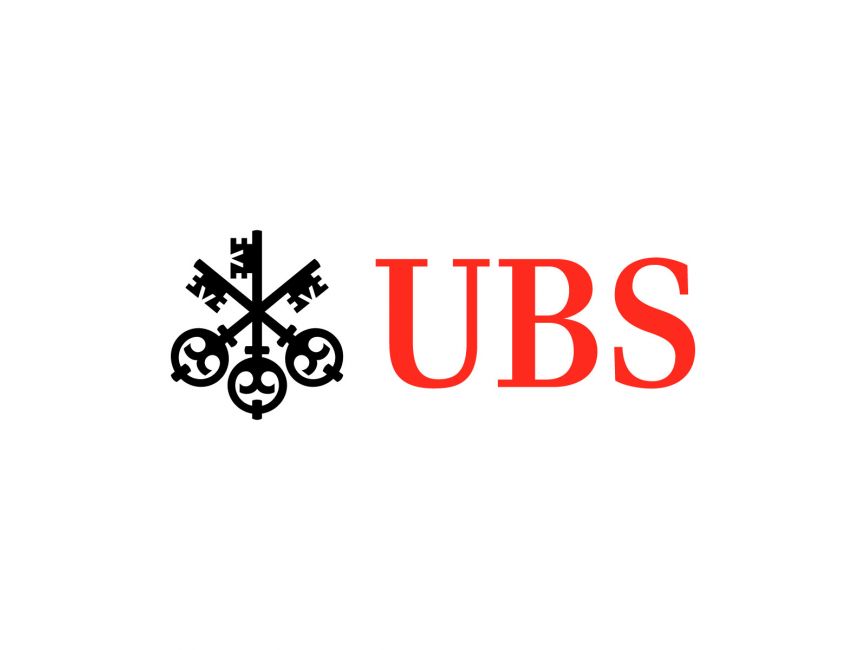Once again ESG funds have ended up financing sustainability pariahs, this time in the shape of ESG fixed income ETFs buying the bonds of Saudi Aramco private funding vehicles.
At COP26, BlackRock CEO Larry Fink noted public markets were becoming hesitant about financing fossil fuel companies, meaning private markets would increasingly become a home for oil and gas assets.
Shortly after, Saudi Aramco created two subsidiaries covering its pipeline networks – Aramco Oil Pipelines Company and Aramco Gas Pipelines Company. Lease-and-leaseback agreements then saw 49% of each entity being passed to consortiums of investors relying on bridge loans from banks to fund the transactions.
This kind of arrangement enables Aramco to free up assets while retaining operational control of its pipeline networks. Meanwhile, investors effectively provide two decades of funding to Aramco, rolling off prior to the cut-off for net zero 2050 targets.
To generate cash to repay the loans, the consortiums created special purpose vehicles (SPVs) registered at the same Luxembourg address.
One, EIG Pearl, covers Aramco’s oil pipeline network and saw parent company EIG Pearl pay Aramco $12.4bn for its stake. The second, Greensaif Pipelines Bidco, covers the $15.5bn payment for the stake in Aramco’s gas pipeline on behalf of investors led by BlackRock.
While Saudi Aramco is likely top of mind for exclusion for most sustainability conscious investors, the same is not true for two unknown, EU-based funding vehicles. This goes some way to explaining why bonds issued by the two SPVs are not penalised by most prominent ESG rating or data providers, enabling them to be picked up by ESG indices.
“These bonds are not tagged with the same ESG score as Aramco’s, they are seen separately by ESG exclusion frameworks, even though their credit rating is identical as credit rating agencies appreciate they are the same thing – they are financing vehicles for Aramco,” said Ulf Erlandsson, CEO and founder of the Anthropocene Fixed Income Institute (AFII).
“We are seeing ESG funds go and buy Greensaif and EIG Pearl bonds, but they are not tagged that way, because that question is not being asked.”
How Aramco SPVs enter ESG ETFs
Illustrating this, two ESG ETFs tracking JP Morgan fixed income benchmarks – the L&G ESG Emerging Markets Corporate Bond (USD) UCITS ETF (EMAU) and UBS ETF - J.P. Morgan USD EM IG ESG Diversified Bond UCITS ETF (EMIG) – each capture issuance from both SPVs.
JP Morgan Asset Management and UBS Asset Management declined to comment. Legal & General Investment Management did not respond when approached for comment.
While neither index outright excludes issuance from companies involved in fossil fuel production outside of oil sands and coal, both exclude issuers with low ESG scores and rely on data from Sustainalytics, which classifies Saudi Aramco as having ‘severe’ ESG risk. Neither SPV is covered by Sustainalytics.
Sustainalytics did not respond when approached for comment.
JP Morgan notes RepRisk ESG scoring is also used to rank issuers within its investment universe. The firm told ETF Stream: “RepRisk systematically identifies and assesses material ESG and business conduct risks – enabling companies, investors, and others to mitigate these risks that can lead to reputational, compliance, and financial impacts for the company and its stakeholders, as well as impacts on society and the environment.”
When asked about its coverage of Saudi Aramco versus EIG Pearl and Greensaif, RepRisk said it is not able to reveal proprietary data on individual companies publicly.
Only the latest example
Unfortunately for investors trying to meet their clients’ sustainability requirements, Aramco SPV bonds are just one in a series of external funding vehicles issuing bonds that end up funnelling investor assets from ESG ETFs to controversial fossil fuel production.
In fact, in 2022, AFII revealed the same LGIM ETF – EMAU – was buying bonds used to finance Russian coal giant, Siberian Energy Coal Energy Company (SUEK) as Russia invaded Ukraine.
This owed to the fact Sustainalytics failed to make the link between SUEK and its eponymous Irish SPV, SUEK Securities, despite the fact the SPV began being covered by the data and ratings provider in Q4 2021.
Elsewhere, in August last year, several ESG ETFs tracking indices with oil sands exclusion criteria bought ConocoPhillips bonds issued as three tranches worth $2.7bn to fund the full buy-out of the Surmount oil sands field in Canada.
Given the firm would not begin deriving revenue from the project related to the buy-out for at least a year, ESG indices did not begin excluding the company’s issuance, meaning ETFs tracking those benchmarks financed the acquisition that would soon make ConocoPhillips ineligible for exposure.
Moral debates unresolved
Overall, Erlandsson noted gaps in data and look through by index providers remain barriers to confidence in ESG strategies yet debates also continue surrounding the goalposts for what can be considered ESG and who should be the recipients of sustainability-focused assets.
Turning back to Saudi Aramco, he argued fixed income ESG ETFs that exclude Saudi Aramco issuance should also reject Saudi Arabian sovereign issuance. “Aramco is owned 97.5% by various government entities,” Erlandsson said.
“That means the government is really almost like an appendix to Aramco in many ways and much of the government’s revenue is coming from Aramco dividends – it is a crucial financer of Saudi Kingdom policy and from a governance perspective, the leadership of Aramco is the same as the government.”
LSEG data also show the Saudi Public Investment Fund (PIF) owned an 8% stake in the oil major, worth $163bn, in March this year. The PIF has also become an issuer of green and traditional bonds.
“PIF might look like a sovereign wealth fund, but one of its core functions is a holding company for Aramco and this is something that should be considered when buying PIF bonds,” Erlandsson argued.
Jose Garcia Zarate, associate director of passive strategies for Morningstar, said such conversations go to the heart of an interesting debate within ESG investing.
“Is it acceptable to facilitate funding to special vehicles or even green bonds issued by companies that one would not necessarily class as ESG compliant if those vehicles or green bonds are designed to facilitate the transition of those companies?
“You could extend the argument to the thorny issue of EM sovereigns in ESG benchmarks, many of which fall short of complying with human rights, for example. What is the optimal approach from an ESG angle – allow funding to facilitate transition or force transition by negating funding?”
This article first appeared in ETF Insider, ETF Stream's monthly ETF magazine for professional investors in Europe. To read the full edition, click here.








